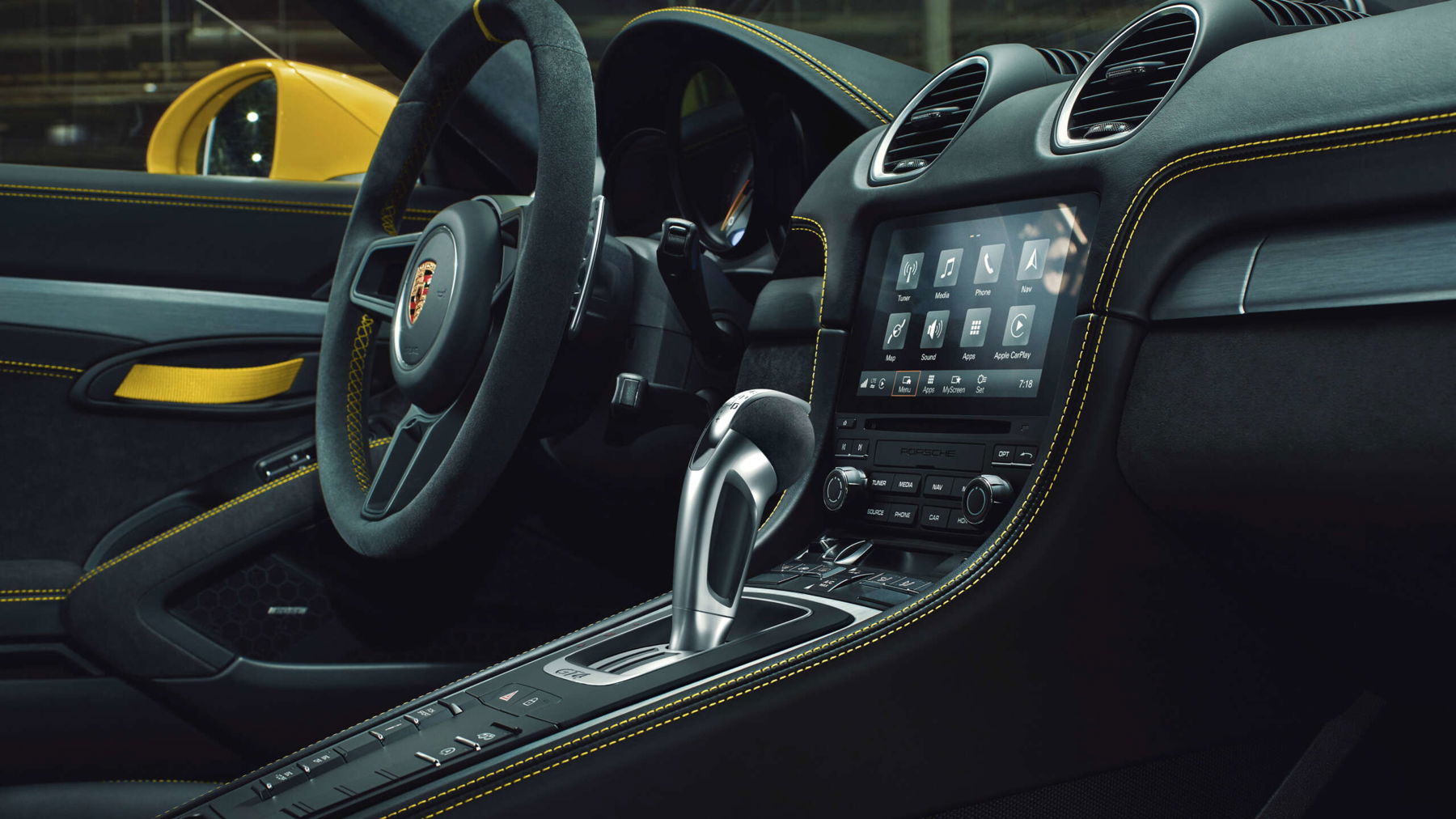
With the dual-clutch transmission, Porsche completely changed the game for automatic transmissions in 2008. Gone were the days when a Porsche had to have three pedals to be considered sporty. In the process, the development of the Porsche dual-clutch transmission (Porsche Doppelkupplungsgetriebe, or PDK) was postponed again and again. How does the PDK, work? And why did it take decades from the initial idea to the PDK being ready for series production?
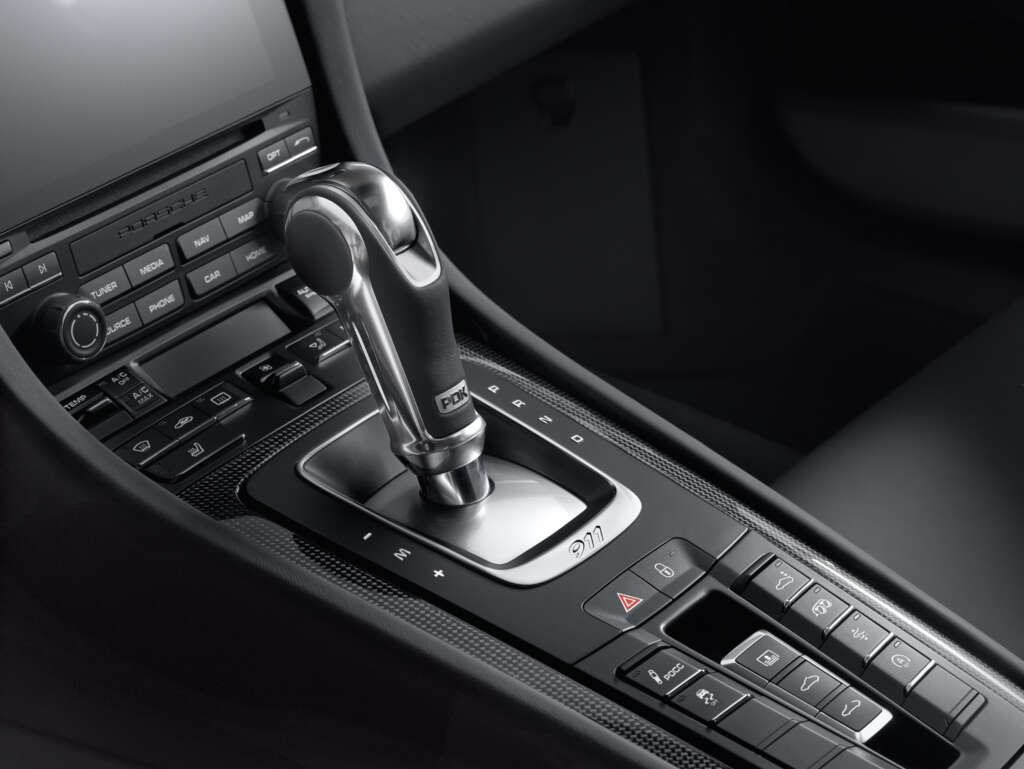
Even before the Second World War, a handful of engineers were working on the idea of installing two clutches in one transmission. One for the odd gears 1, 3, 5 and so on, one for the even gears 2, 4, 6 and so on. The first – admittedly primitive – application for a dual-clutch transmission was not in a Porsche, but in a Morgan Threewheeler. The transmission used there from 1910 to 1931 had only two gears, each of which could transmit the drive power with its own chain.
French engineer Adolphe Kégresse filed the first patent for a car transmission with two clutches in 1939. He even got it to work in a Citroën. However, the outbreak of the Second World War prevented further development. Furthermore, at the time, the concept was too expensive and complex. A year later, a certain Prof. Rudolph Franke filed a similar patent, but it remained quiet about the technology for a long time.
In 1964, Porsche conducted its first trials with dual-clutch transmissions. An automated gearbox was to be available as an option for the Porsche 911. But ultimately, this idea failed due to the lack of suitably powerful control electronics. Therefore, the 4-speed Sportomatic was preferred. It was offered in the Porsche 911 from 1967. However, it was not what you would call sporty. As a classic automatic has a fluid clutch, i.e. a torque converter, there is always some power lost as converter slip.
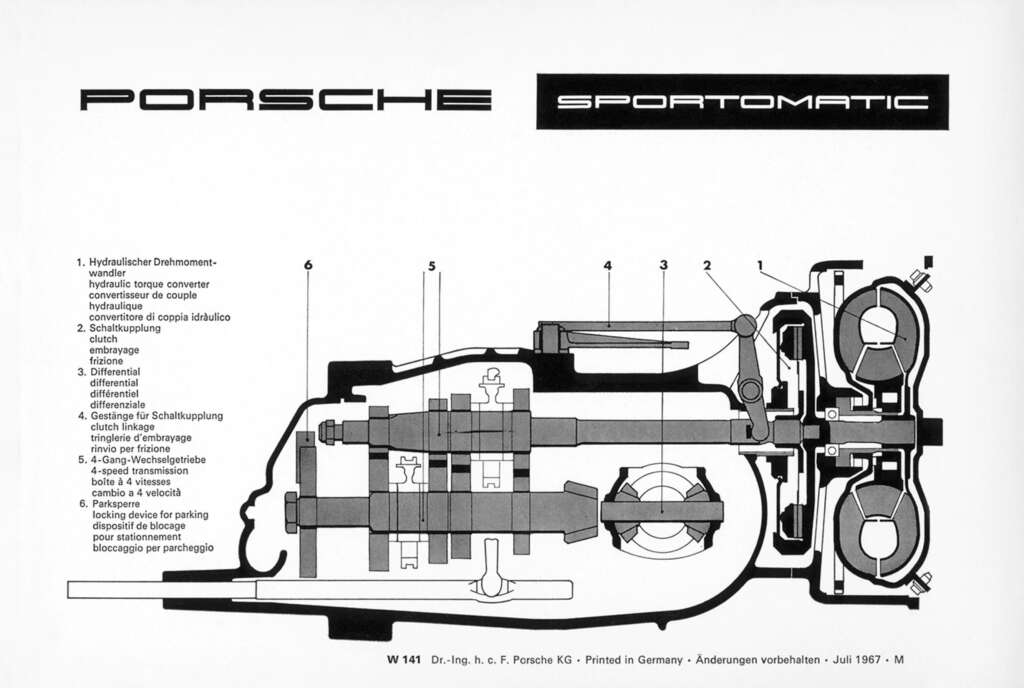
The use of turbocharged engines in racing from the 1970s onward presented an additional challenge. The drop in boost pressure during gear changes caused headaches for engineers, especially in racing. In addition to various ideas with bypass valves for controlling boost pressure, the issue of shifting without interrupting traction came up sporadically on this occasion. However, there were always other priority projects within the company.
Nevertheless, a dual-clutch transmission was designed for racing and finally put to the test in 1981. Parallel to the regular manual transmission, Porsche tested a PDK in Group C until 1986. However, its success was limited. For one thing, Porsche’s first dual-clutch transmission was significantly heavier than a standard manual transmission. Norbert Singer stated in his fantastic book My Racing life with Porsche, that it weighed 40 kilograms more than the standard manual unit. And to make matters worse, the control electronics were not up to the task yet. The mechanic design of the Porsche double-clutch transmission itself, was beautifully simple. Two individual clutches were positioned in a housing and controlled via two separate shafts.
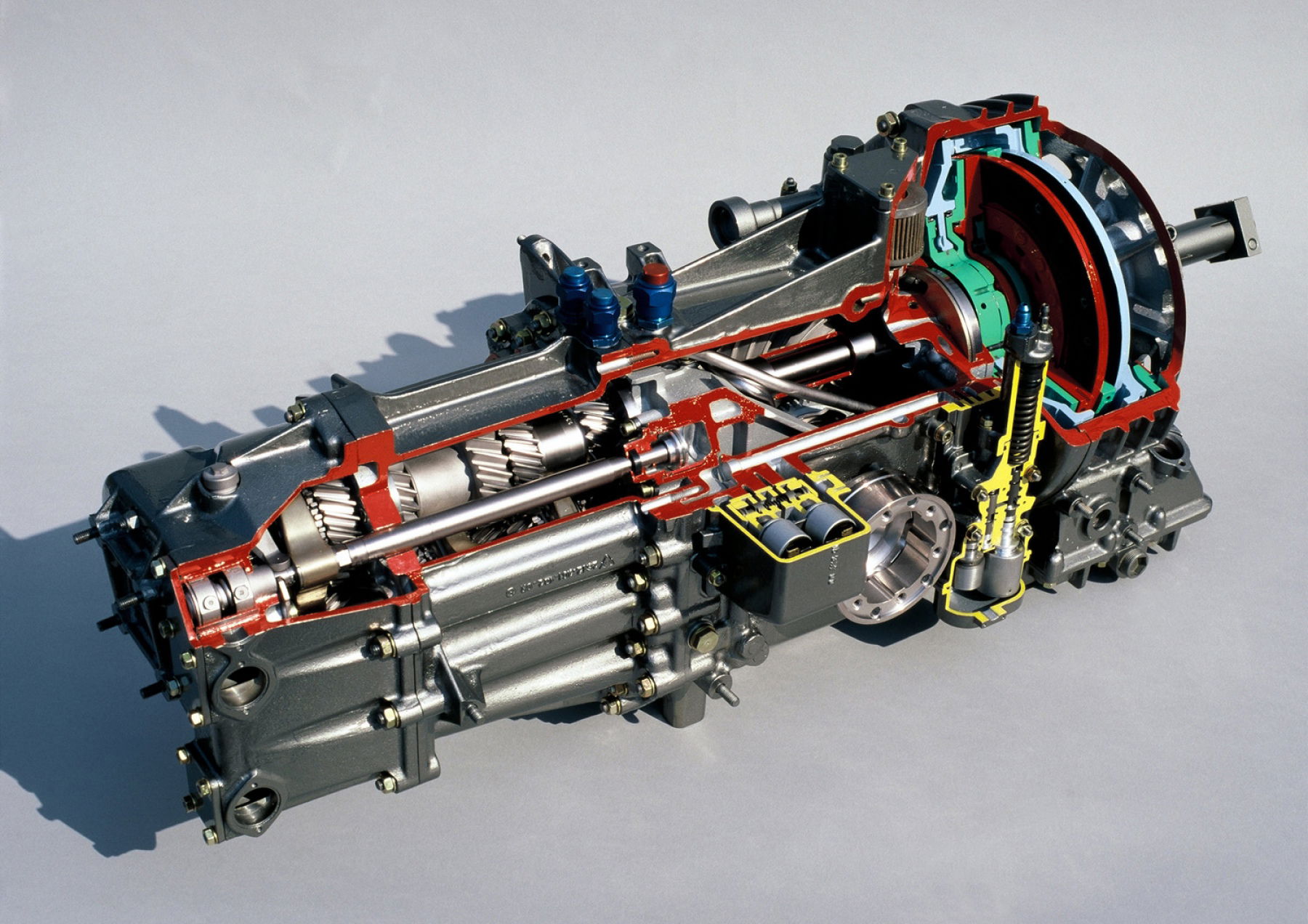
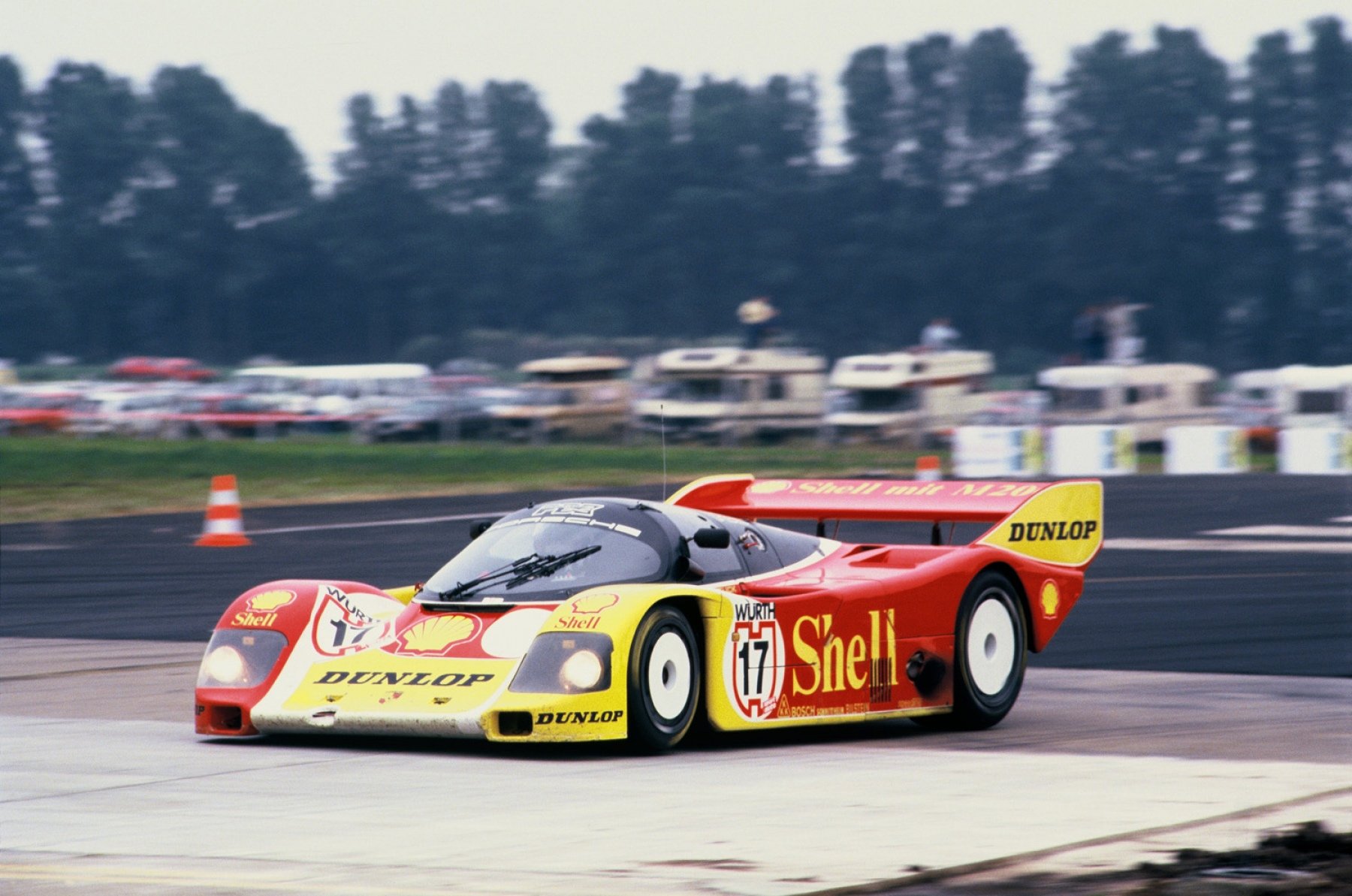
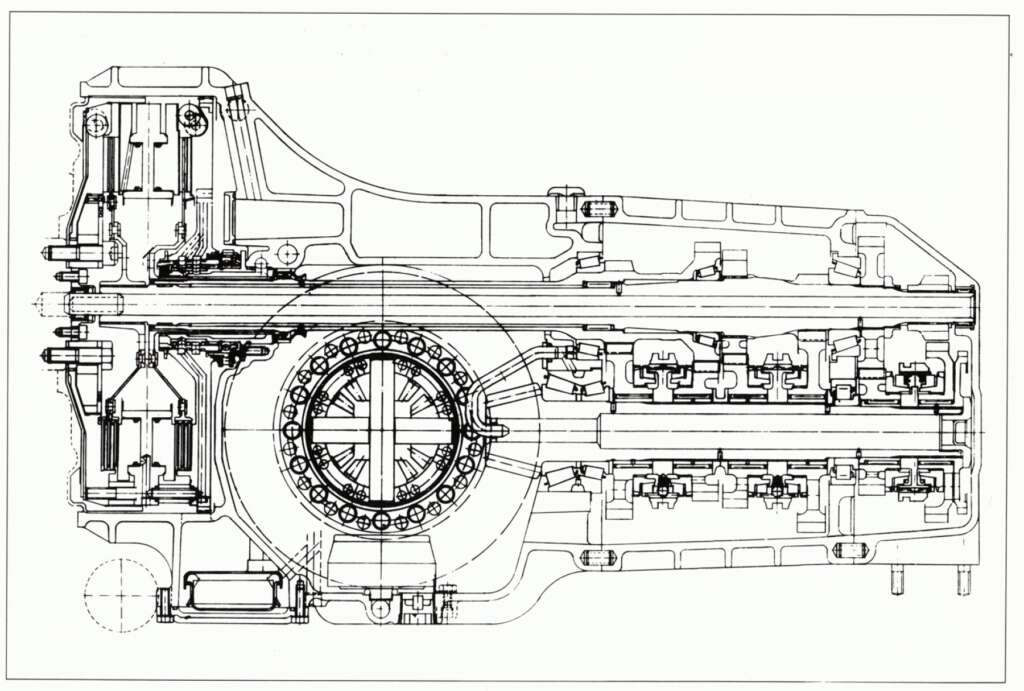
Initial attempts at a mechanical control system failed. The rudimentary technology caused harsh gear changes and irritated drivers. During comparative tests with Porsche 956 and 962 at Paul Ricard in 1986, it was also noticeable that the PDK cost top speed. Efficiency was below that of the manual transmission, so about four percent power was lost. Nevertheless, Porsche 962 C with PDK managed to win two races in 1986. Namely, the season opener at Monza and the 3-hour race at Le Mans. Just twelve months later, efficiency was improved by adjustments to the hydraulics to such an extent that only 2.8 instead of the previous 20 hp of power loss could be measured. Incidentally, early versions of the dual-clutch transmission were also tested in the 924 and 944.
A good 20 years later, the Porsche dual-clutch transmission finally celebrated its world premiere in the 997.2 Carrera and Carrera S. Porsche’s PDK was thus the first dual-clutch transmission in a production sports car and replaced the rather aged Tiptronic S. This torque converter automatic with manual shift function was still based on a Mercedes Benz development. The new transmission offered 7 gears, with the 7th effectively being an overdrive to save fuel. In the mid-2000s, the electronics control unit were finally sophisticated enough for the task.

The transmission has two sub-transmissions, each with its own clutch. On the one hand, there are reverse, 2nd, 4th and 6th gears, and on the other, 1, 3, 5 and 7. As with the manual transmission, the gears are engaged via shift forks. In the PDK, this works through an ECU-controlled electrohydraulic system. In addition to faster shift times, the PDK is now also superior to the manual transmission in terms of efficiency. Not to mention torque converter automatics. In addition to better acceleration, this also ensures lower fuel consumption.

Porsche has hit a nerve with the dual-clutch transmission. A transmission that can shift automatically, like a torque converter, but can mutate into a manually shiftable racing gearbox when needed. It therefore embodies exactly what the Porsche 911 has always been – perfectly suitable for every occasion. Whether it’s taking the kids to school or chasing personal bests at a trackday, the PDK can do it all.
So it’s not surprising, that it’s topping the sales figures. The PDK II, which now has eight speeds, is the only option in the Panamera. But even in the Porsche 911 and 718, more than three quarters of all buyers now choose the dual-clutch transmission. Ferry Porsche would certainly be happy to see this technology transfer from racing to mass production. After all, the idea of enabling drivers to achieve faster lap times has led to an automated gearbox becoming an absolute bestseller.


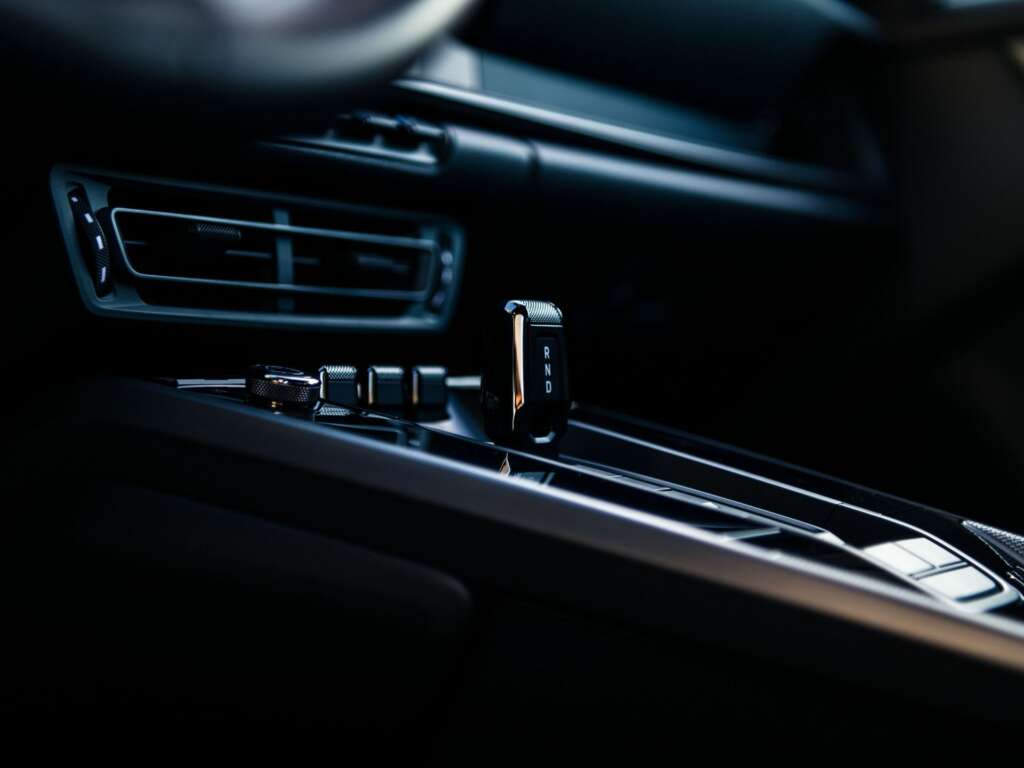
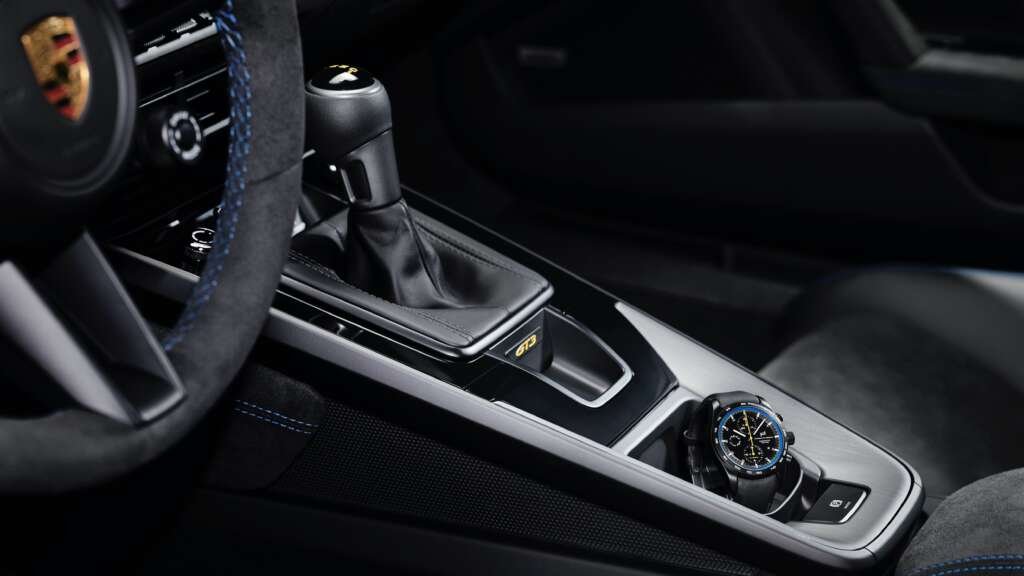
© images: Porsche AG
Elferspot magazine